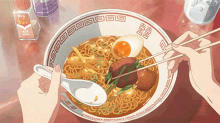Let’s Get Working!
Red Braised pork is a Chinese classic: the aunties know it, the toddlers know it, and even the uncles who drink and gossip about the Chinese supermarket know it. And now so do you. It’s basically this dish where pork is simmered in soy sauce, sugar, and spices, making the pork fat extra greasy and jiggly and the pork meat filled with a delicious caramelized sauce. Are you hungry?
While I can’t exactly cook food for you on a screen, I could alleviate any hunger you have with the origin of this dish, for history food fanatics like me will jump and leap at the idea of sharing my culture. The history of this pork dish stretches since the Tang Dynasty, which was very long ago (I know…you can call me captain obvious!) So, let’s get our sleeves rolled up and learn about pig fat?
WARNING: *If you’re squeamish about pig fat — which is essentially the same component as in bacon — I think you won’t like the following content.
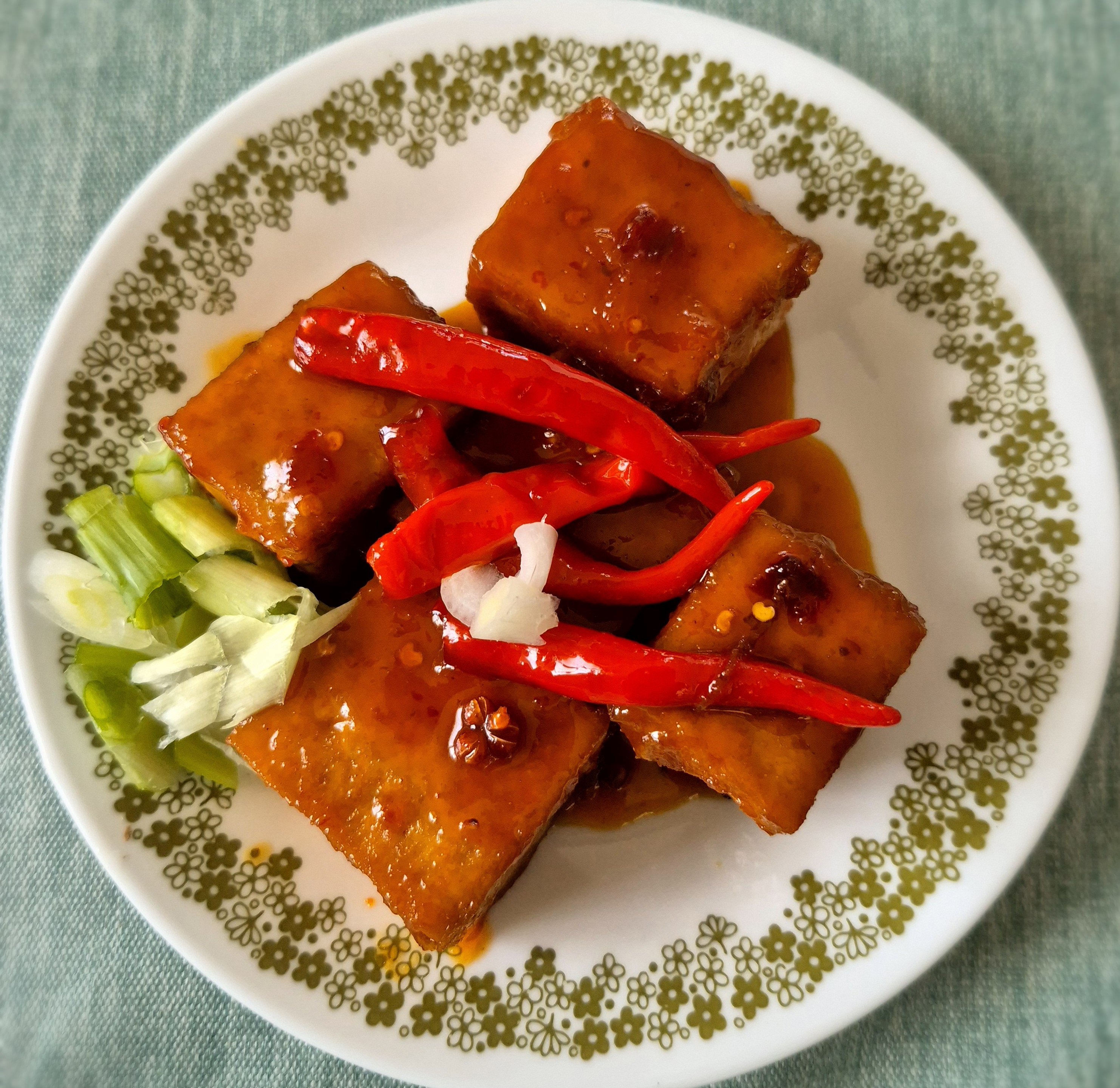
Image Credit: Ryan Chen
If you have only one minute to read before scrolling to another article, read here:
Red Braised Pork -- 红烧肉 — comes from the Tang Dynasty. Its father is the Emperor Taizong. Back then, the dish was known as 炖菜, or braised, simmered veggies.
Doesn’t sound that appetizing — I know! Being an emperor whose brain is probably fried with all the constant battles with Korea or domestic politics, Taizhong found 炖菜 to be red (think of rose red) in color and the flavor to be fresh/beautiful. (For my fellow ABCs, 色泽红亮,味道鲜美 — color appearance red light, flavor fresh beautiful — can be the next thing you say to your parents when they’re cooking shrimp or veggies. You might even earn some lucky red pocket money — who knows?)
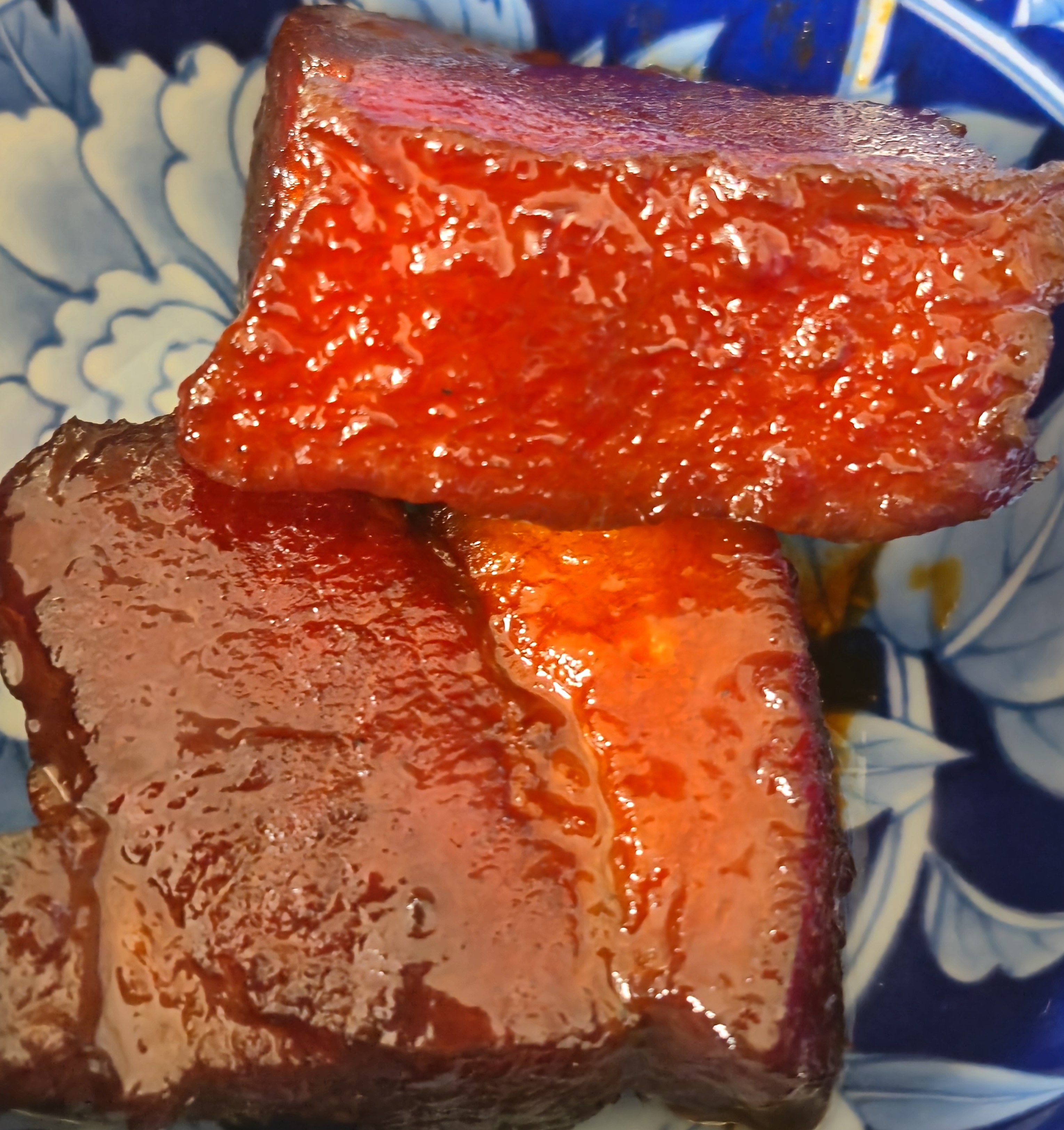
Image Credit: Ryan Chen
贾思勰 Jia Sixie
Actually, the information I just provided was half right. Not to clickbait you — if that’s a thing in reading articles — but I just wanted to start off more fun and less boring, because I don't want this article to remind you of history class. Even further during the 5th century AD, people, and I mean rich, elite people, started eating pork braised with sugar and soy sauce. (This was during the Northern Wei Period, or known as the 北魏; picture Beijing 1,500 years ago and that’s the Northern Wei.) Jia Sixie, 贾思勰, was an agronomist, which for all you folks don’t understand, which ironically includes me, means a person who studies plants and tries to make the plant.
For what? For food. In Jia Sixie’s encyclopedia of agriculture, which in Chinese directly translates to ‘Essential Skill to Help the People,’ an apt name, that’s for sure, there’s a recipe for red-braised pork. In fact, he provides a detailed, specific recipe with all the instructions on how to make it. However, the rainforest of the internet is deep: No matter how many searches I conducted, whether in Chinese, English, or a mix too; whether in Baidu, the Chinese internet, or Google; or whether in ChatGPT’s searcher browser or just simply asking my parents, I couldn’t find this recipe. Maybe — for the first time — it’s not my problem; according to my innumerable searches, people have said, and agreed with me, due to the earliest origin and written recipe for this dish, sadly, the recipe disintegrated. Talk about 5th century technology at its zenith.
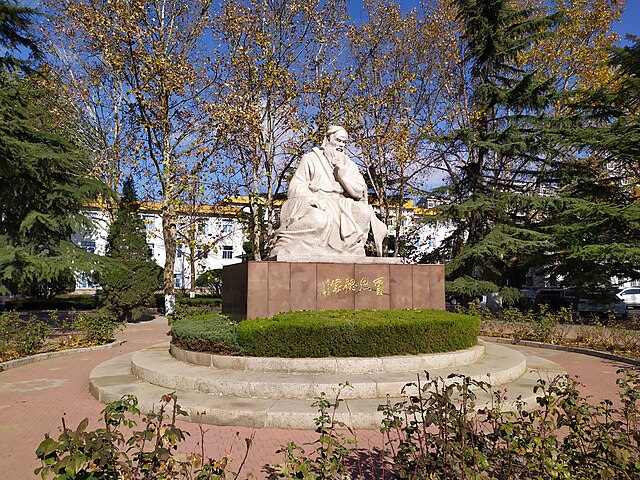
Image Credit: Ngguls from Wikimedia Commons
苏东坡 Su Dongpo
Later during the Song Dynasty, people also loved red-braised pork. This time, instead of agronomists, government officials, and I mean some hungry ones, started loving red-braised pork. Su Dongpo, an official during the Song Dynasty that actually cared about his citizens, urged neighbors to donate some pork, and piece by piece, the entire village and city of Suzhou, a city situated in Jiangsu, China, would now have pork.
And when you say pork, the people of Suzhou, Su Dongpo included, would say “Red-braised pork” with a “Cheese!” Today, we consistently see how proud nonprofits are putting up their 501c3 stickers on websites, socials, and messages, as if these four numbers with one lowercase letter are the A+ on a test that your mother hangs on the kitchen refrigerator. People of the Song also did such a thing: they named a pork dish, and not a website, socials, or texts, with the decorated title of Su Dongpo. Just like in math where we can use both the quadratic formula and factoring to do the same job, in Chinese cooking, Dongpo Pork, 东坡肉, and Red-braised pork, 红烧肉, mean the same thing.
(And yes, I only included the nonprofit and quadratic formula references because I’m afraid you’re going to hit the close tab near the top-right hand side of your screen. I hope these two mathematical formulas, methods and terminology served as good advertisements to keep on reading!)
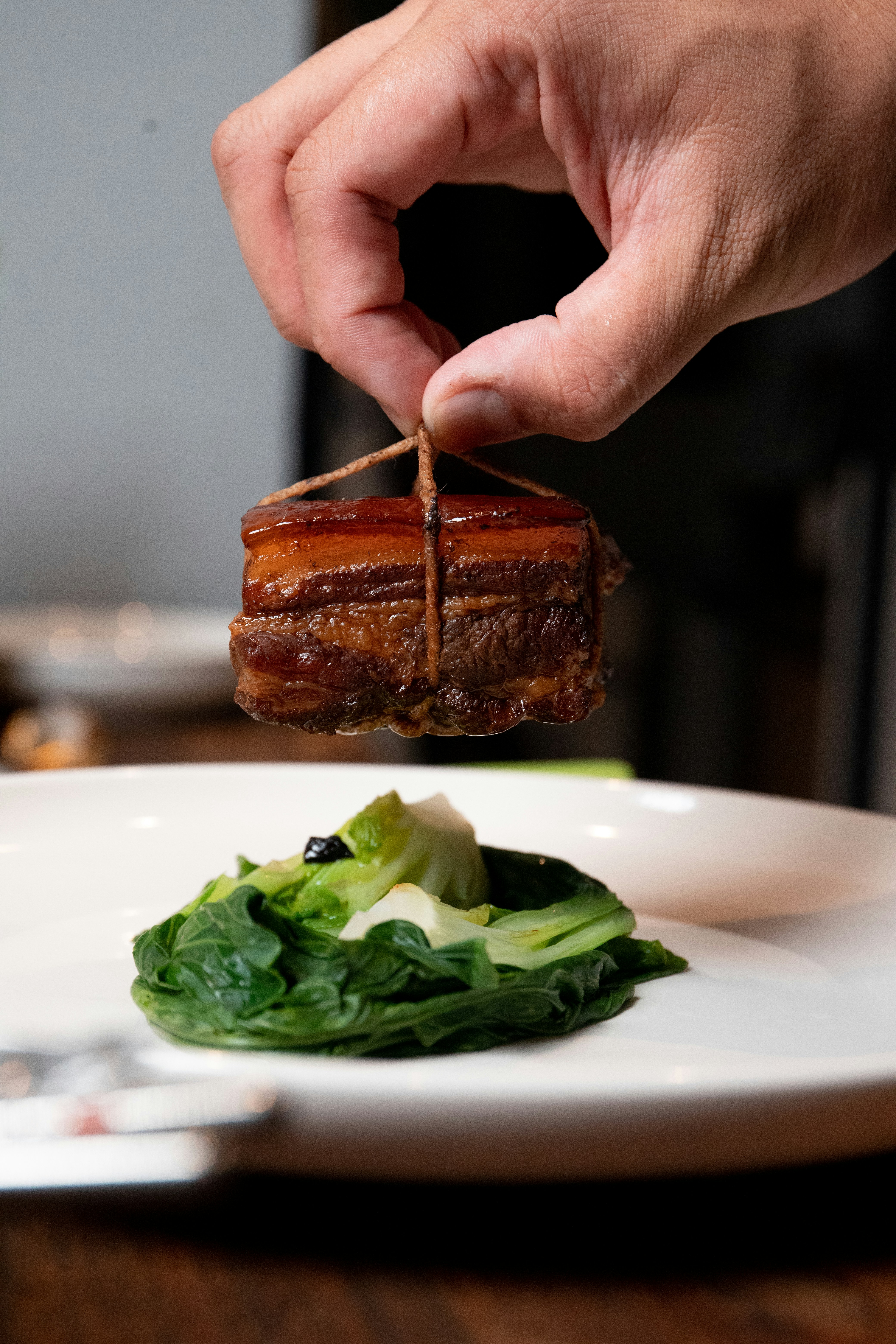
Image Credit: Amanda Lim from Unsplash
苏东坡 Su Dongpo 2.0
And if you thought my spiel and propaganda about Mr. Su Dongpo was over, you’re in for a treat; the Chinese internet has loads, and I mean loads, of articles about Su Dongpo. Did you ever know this Su Dongpo official wrote a poem all about eating pork (called the 食猪肉诗)?
In it, he gave the rough instructions for cooking pork: “慢着火,少着水,火候足时它自美,” which roughly translates on low heat, with little water, and when the fire is “enough,” it will turn beautiful. Turns out in the Song Dynasty, a dynasty that even AP World History students, who might not have any idea of Chinese culture outside that class, learned about, also had the equivalent of “food connoisseurs.” I promise I will stop glazing Mr. 苏东坡 — and I will end this article — after I explain something I’ve been holding off in my chest: Su Dongpo’s poem, I kid you not, of red-braised pork.
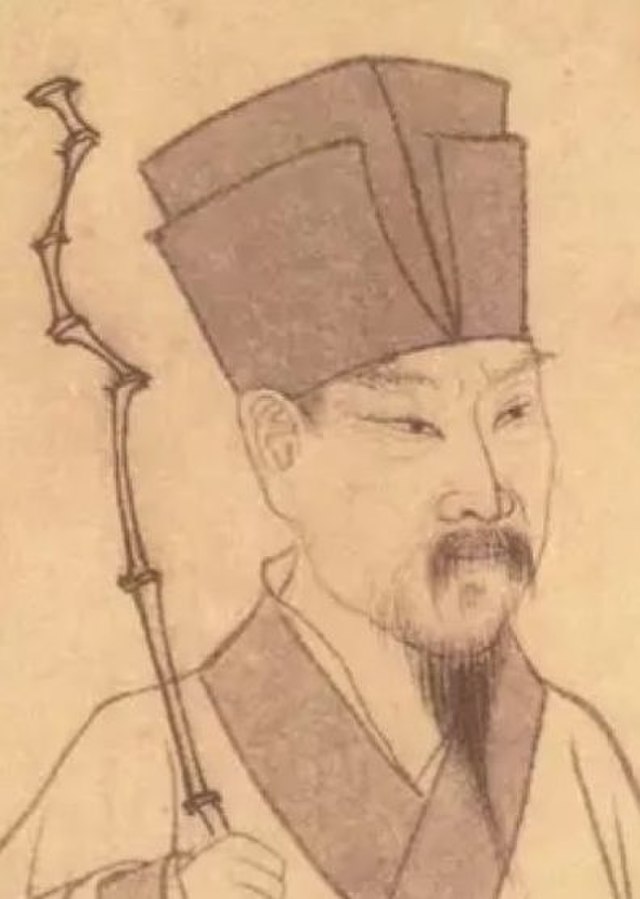
Image Credit: Mengfu Zhao from Wikimedia Commons
Poetry of Pork
黄州好猪肉 (There’s great pork in Huangzhou, a city in Hubei, China) 价钱如粪土 (the price is very cheap, so cheap that it’s like dirty soil “粪土,” which, if you ask any English language arts teacher in the entire United States will tell you it’s a metaphor for worthless; TLDR — Mr. Su Dongpo is saying the price of pork in 黄州 is so worthless), 富者不肯吃 (the Rich people won’t dare to eat it), 贫者不解煮 (yet the poor don’t know how to cook it).
People may say that a picture is worth a thousand words. I object: I think a recipe, and red-braised pork in particular, are worth one million words, woven and seeped and tattooed by experiences, culture, and memories.

Image Credit: Qian Hui'an from Wikimedia Commons


